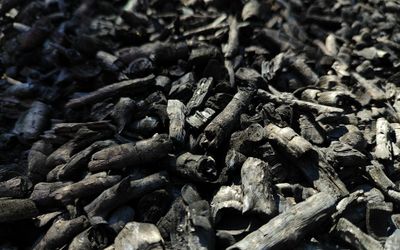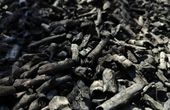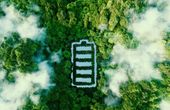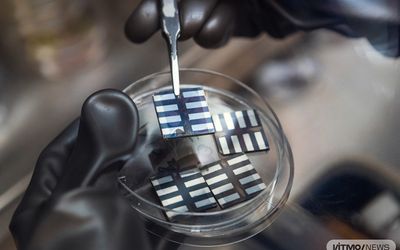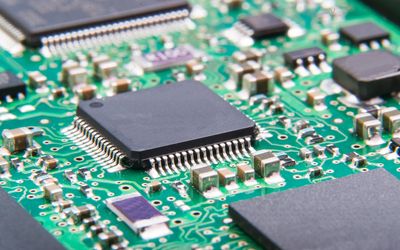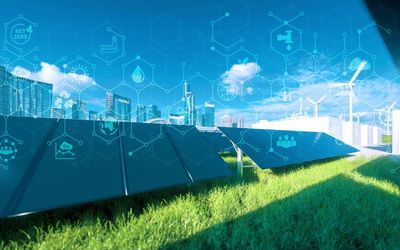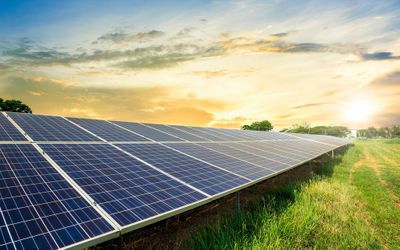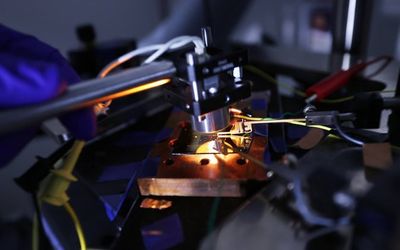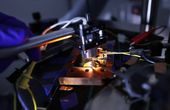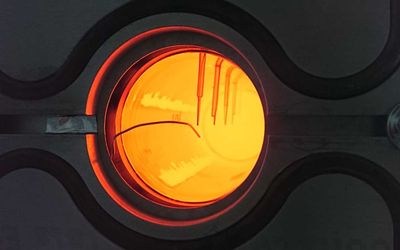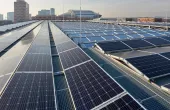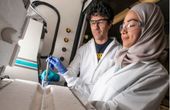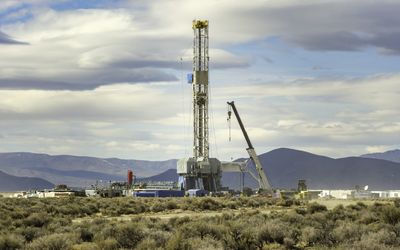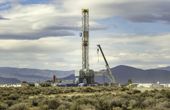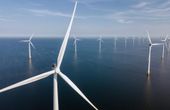Be the first to know.
Get our renewable energy weekly email digest.
Tagged with
renewable energy
ORGANIZATIONS. SHAPING THE INDUSTRY.
Capacitech Energy
Electrical and Electronic Manufacturing
Drop-in power cords that improve battery performance.
18 Posts
Nimbus Engineering Inc
Wireless Power, Electrical Engineering
Nimbus Engineering is enabling wireless power technology to take the next s...
2 Posts
Columbia Engineering
Higher Education
Columbia Engineering, based in New York City, is one of the top engineering...
2 Posts
TDK Electronics
Appliances, Electrical, and Electronics Manufacturing
Appliances, Electrical, and Electronics Manufacturing
View more
Latest Posts
Unlocking Efficiency: Enhancing Power Conversion and Motor Drives with SiC and GaN Power Semiconductors
Supporting the Transition away from Fossil Fuels with the Power of Electronic Components
Stanford-led research shows how commercial rooftop solar power could bring affordable clean energy to low-income homes
A new study finds that factory and warehouse rooftops offer a big untapped opportunity to help disadvantaged communities bridge the solar energy divide.






